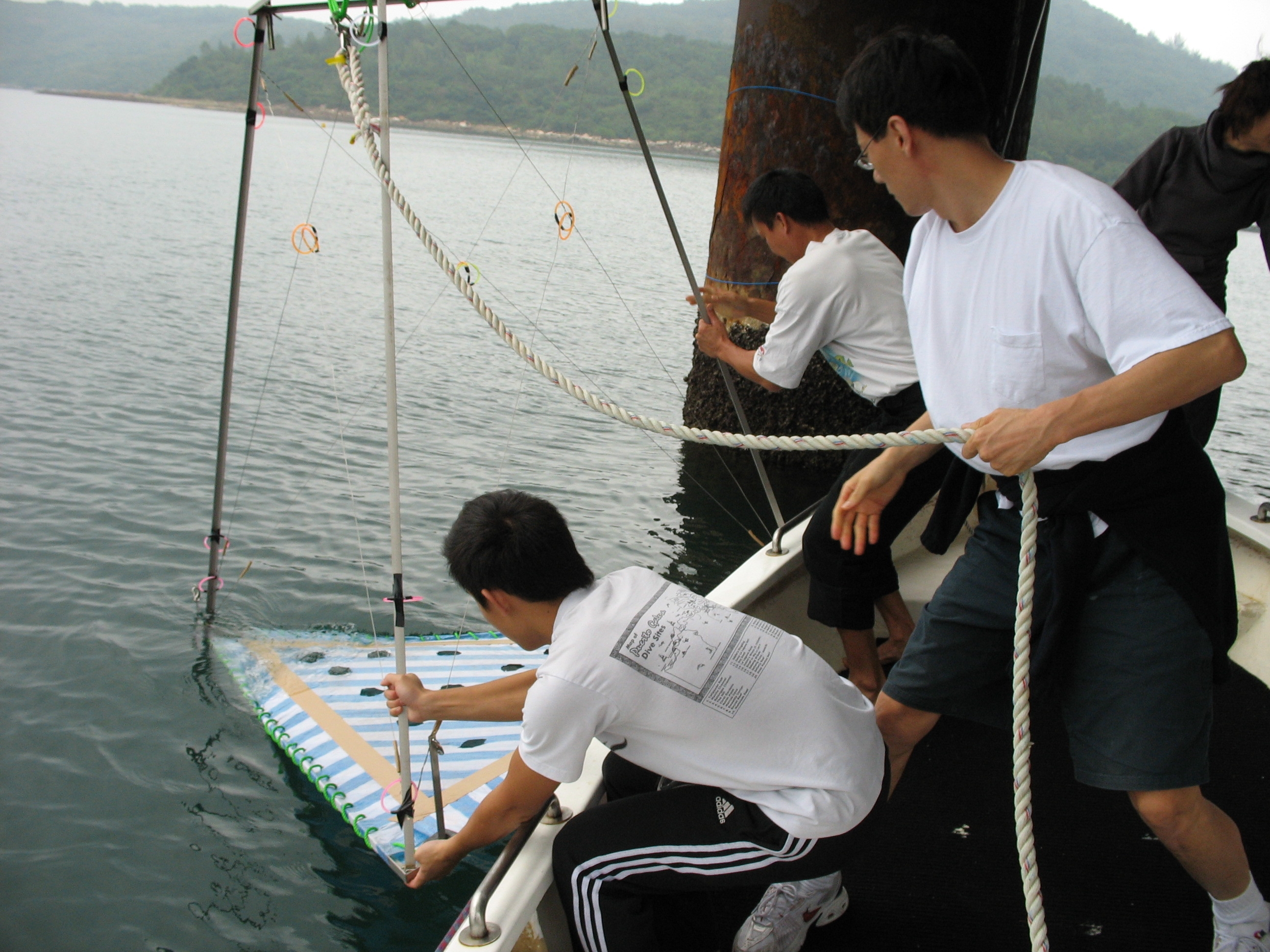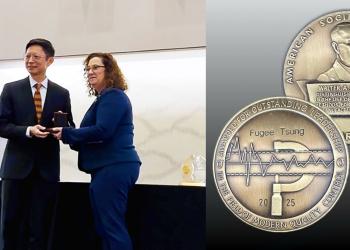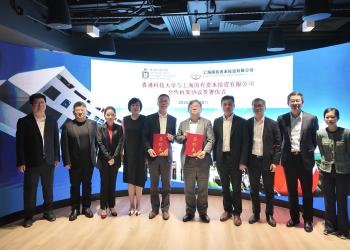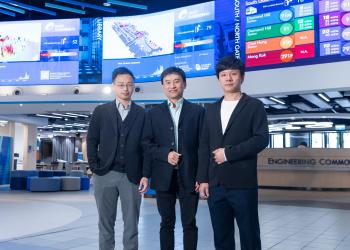新闻
HKUST technology enables the world's first automated fish blast detection system
2007-03-16
Hong Kong University of Science and Technology collaborated with WWF and Teng Hoi Conservation Organization on the installation and system tests of a dynamite fishing detection system at WWF's Marine Life Centre in Hoi Ha Wan. During the process of testing the device, a total of 8 blast events were recorded between 23 November 2006 and 26 February 2007. The detection system can determine the direction of the blast but because there is only one system in operation, the location of the 8 events is not known: they may have occurred in Hong Kong or PRC waters.
"This is the first automated fish blast detection installation in the world. At the moment, the detector can only pick up blast events from a narrow range of angles because of the obstructing effect of headlands and islands. We fear that a much greater number of blast events would have been recorded over the same period if the detector's angular range was not so restricted," explained Dr George Woodman, Director of Teng Hoi Conservation Organization.
Fish blasting (or dynamite fishing as it is sometimes called) is illegal in Hong Kong and PRC and both WWF and Teng Hoi Conservation Organization are very concerned about the situation. The findings are helping to shed some light on this illegal activity. Teng Hoi is already committed to a pilot programme for the detection system with the government of Sabah, Malaysia and the UN, however Teng Hoi agrees with WWF about the importance of continuing the monitoring activities in Mirs Bay.
"WWF is pleased to work with Teng Hoi and Hong Kong University of Science and Technology on this meaningful project and we are planning to locate a more robust detection system in open water so that it can detect events from a much wider range of angles. Dynamite fishing is very damaging to our marine environment and we should try every means to stop this illegal activity. For this project we would welcome the support of government and the private sector with both logistics and finance," said Mr Eric Bohm, CEO, WWF Hong Kong.
Hong Kong University of Science and Technology, who have been working with Teng Hoi for many years, will continue providing their technical support to this project. "My colleague, Professor Reinhard Renneberg and I have been working with Dr. George Woodman for nine years on this meaningful and interesting project. Both of us are scuba divers and we care for the protection of the marine life. We are happy to see that the data generated from this project has drawn the awareness of authorities/organizations to such illegal and destructive fishing method happening in the nearby waters" said Dr. Vincent Li, Project Manager of Design and Manufacturing Services Facility of Hong Kong University of Science and Technology.
WWF and Teng Hoi Conservation Organization wish to thank all parties who have contributed to the project so far. We are particularly grateful to Hong Kong University of Science and Technology who have loaned essential equipment and provided invaluable technical support and Li Po Chun United World College who assisted greatly with installation of the detection system in Hoi Ha Wan. We also wish to thank the Department of Fisheries in Sabah, Malaysia for making their blast fishing information video freely available for use.
注册收取我们的最新消息
了解香港科技大学的最新动态、活动和突破。










